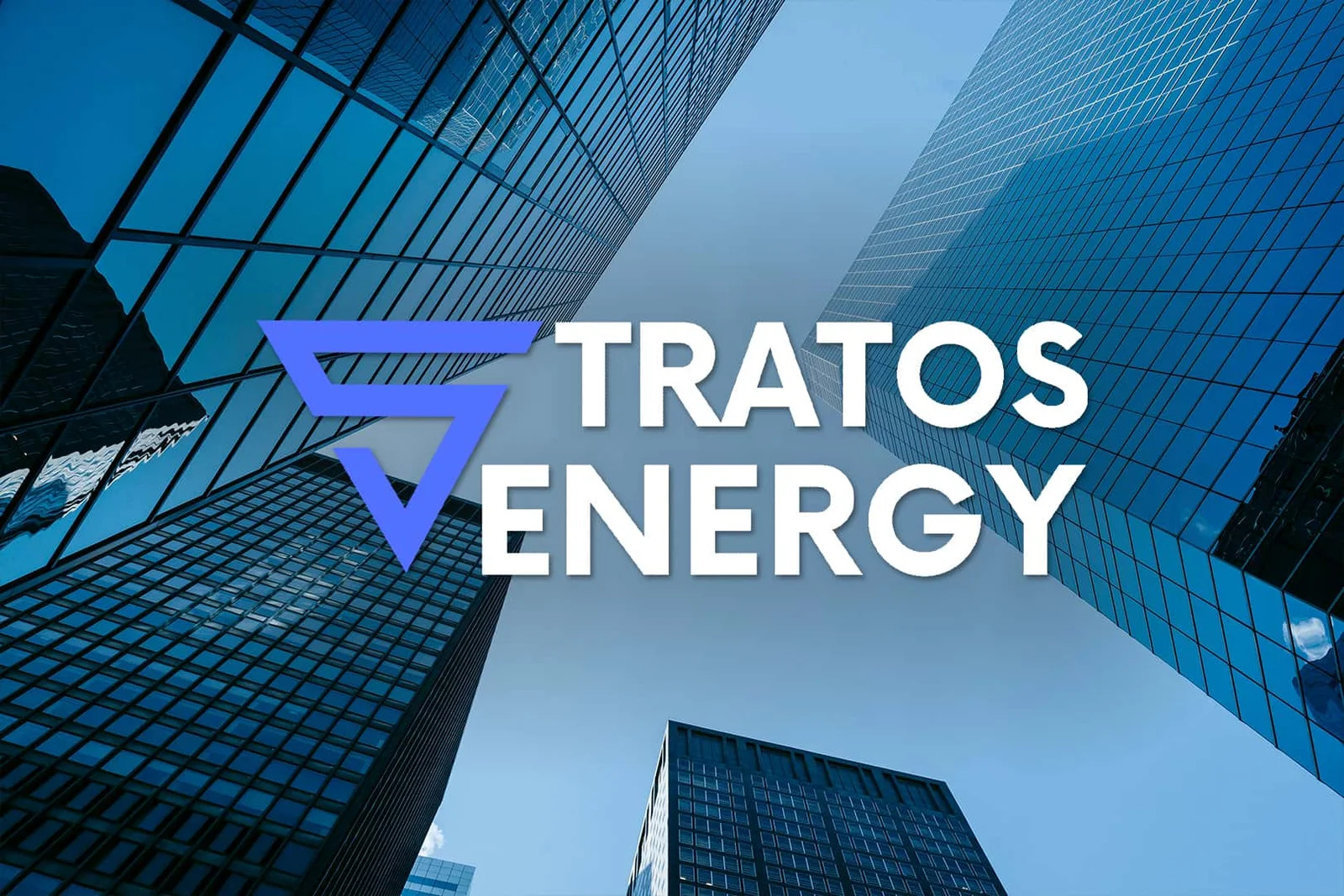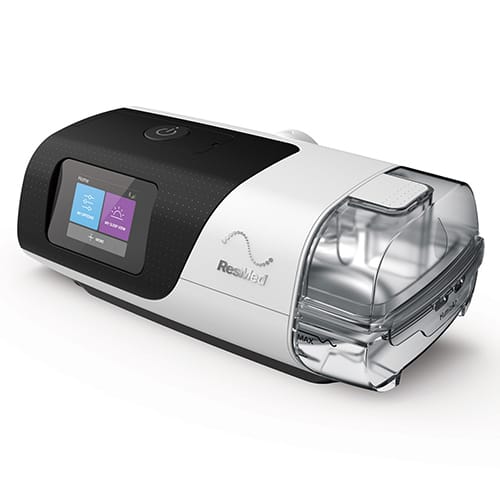For many small businesses, sustainability can seem like an expensive luxury. However, the reality is that affordable sustainable energy for small businesses is more accessible than ever before. With rising utility costs and growing consumer demand for eco-friendly practices, going green is not only beneficial for the planet—it’s a smart business move.
This guide explores how small businesses can embrace sustainable energy solutions without overspending, while also improving their long-term operational efficiency and brand value.
1. Why Sustainability Matters for Small Businesses
Going green isn’t just for large corporations. Small businesses benefit in many ways:
-
Lower energy costs over time
-
Increased customer loyalty from eco-conscious consumers
-
Access to government incentives and tax credits
-
Improved brand reputation and community trust
-
Enhanced employee satisfaction through purpose-driven operations
2. Understanding Affordable Sustainable Energy Options
a) Solar Power
-
One of the most cost-effective renewable options for small businesses
-
Prices have dropped by more than 70% in the last decade
-
Options include purchasing panels or leasing through Power Purchase Agreements (PPAs)
b) Green Energy Plans from Utility Providers
-
Many energy providers offer green electricity plans sourced from wind, solar, or hydro
-
Typically involve minimal upfront investment and require only a plan switch
c) Community Solar Projects
-
Subscribe to a shared solar project without needing rooftop space
-
Receive credits on electricity bills for your share of the power generated
d) Energy Efficiency Upgrades
-
Low-cost changes like LED lighting, programmable thermostats, and insulation
-
Reduce energy usage and enhance overall system performance
3. Budget-Friendly Strategies to Implement Green Energy
a) Start Small with Energy Audits
-
Conduct a free or low-cost energy audit through your utility company
-
Identify where your business is wasting energy and prioritize improvements
b) Upgrade to LED Lighting
-
LEDs use up to 75% less energy than traditional lighting
-
They last longer, reducing replacement and maintenance costs
c) Install Programmable or Smart Thermostats
-
Automatically adjust heating/cooling based on operating hours
-
Can save 10%–15% on annual HVAC costs
d) Use Smart Power Strips
-
Prevent electronics from drawing power when not in use
-
An inexpensive fix that adds up to measurable savings
e) Promote a Green Workplace Culture
-
Encourage employees to turn off lights and unplug devices
-
Launch office recycling programs and reduce single-use plastics
4. Financial Support and Incentives
a) Federal and State Incentives
-
Programs like the Investment Tax Credit (ITC) cover up to 30% of solar system costs
-
Many states offer rebates and grants for energy-efficient upgrades
b) Utility Rebate Programs
-
Rebates for installing efficient lighting, HVAC systems, and appliances
-
Check your utility provider’s website for current offers
c) PACE Financing (Property Assessed Clean Energy)
-
Allows businesses to finance energy upgrades with no money down
-
Paid back over time through property tax bills
d) SBA Green Loans
-
The Small Business Administration offers loans for eco-friendly upgrades at competitive rates
-
Ideal for investing in solar panels, HVAC upgrades, and insulation
5. Long-Term Savings with Green Energy
Going green isn’t just about upfront savings—it’s a long-term investment that pays dividends:
-
Reduced utility bills over the system’s lifespan
-
Greater resilience against fluctuating energy costs
-
Better ROI as systems last longer and require less maintenance
-
Enhanced eligibility for LEED certification or other sustainability credentials
6. Case Study: A Café That Went Green on a Budget
A small café in Austin, TX implemented these strategies:
-
Switched to a green energy plan from their utility provider
-
Installed LED bulbs and smart thermostats
-
Subscribed to a community solar program
-
Promoted recycling and sustainability messaging in-store
Result: Reduced energy costs by 28% in the first year and attracted more eco-conscious customers.
7. Tips to Maintain Momentum
a) Monitor Progress
-
Use utility data or energy monitoring tools to track savings over time
-
Set annual goals for energy usage reduction
b) Reinvest Savings
-
Use energy cost savings to fund further green upgrades
-
Over time, upgrade to solar panels or advanced HVAC systems
c) Celebrate and Promote Your Efforts
-
Share sustainability milestones on your website or social media
-
Use green practices as a marketing tool to attract new customers
Conclusion
Achieving affordable sustainable energy for small businesses is not only possible—it’s essential. With smart planning, access to incentives, and incremental improvements, any small business can move toward energy efficiency and environmental responsibility without straining its budget.







0 Comments